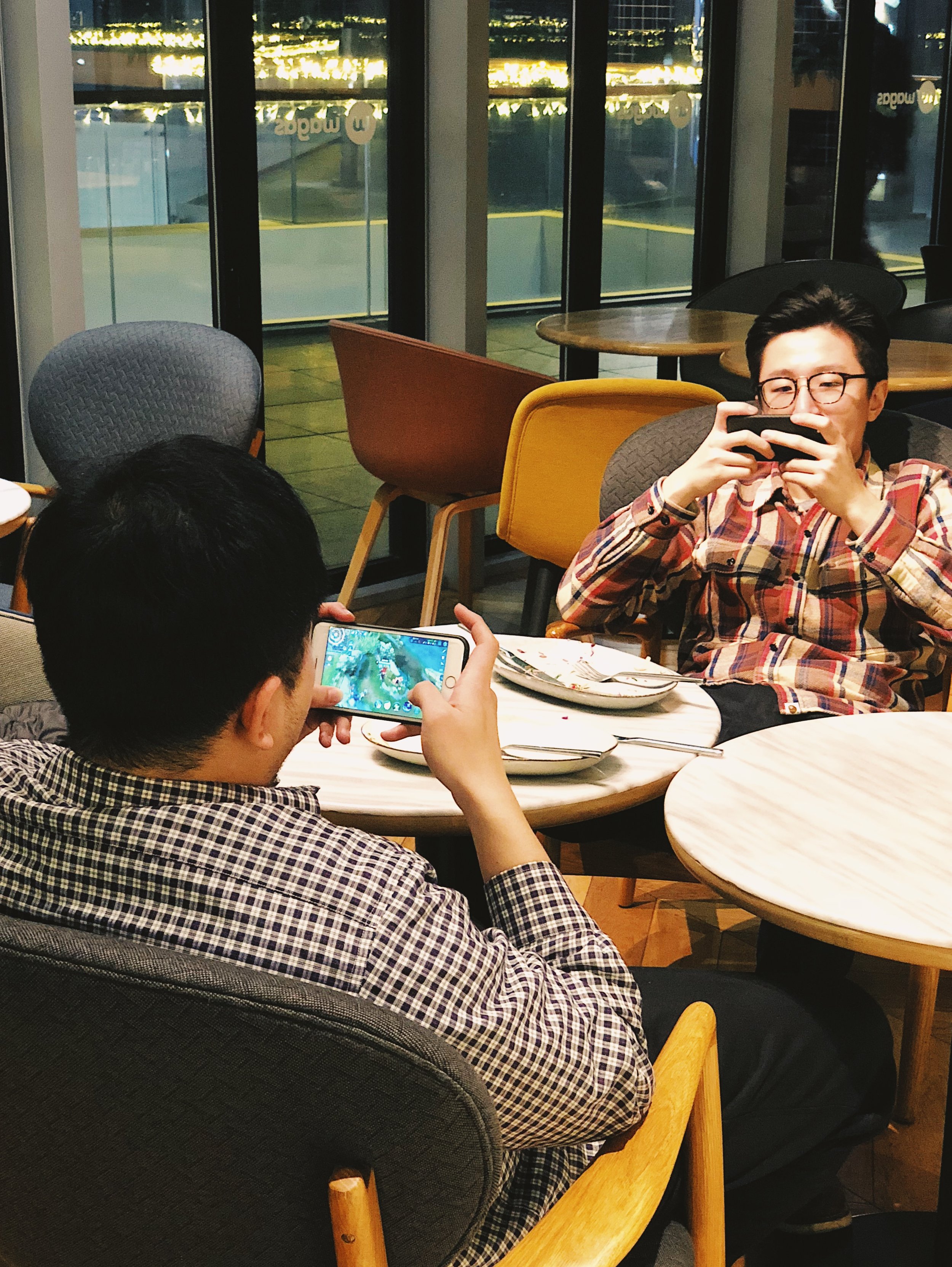To most, ride-hailing company Didi is known as “the Uber of China,” a description that conveys the notion of Didi being a mere copycat of Uber. Yet the first time I felt that there was real innovation coming out of China, was the day I got to visit both companies back-to-back.
This was two years ago, and I remember starting the day feeling disdainful towards Didi, “the copycat,” yet sympathetic towards Uber China, “the original.” By the end of the day, my emotions had completely flip-flopped: I was deeply impressed by how Didi was building a ride-hailing experience with the Chinese user in mind, but doubtful about how Uber was trying to take a proven US product and push it into the Chinese market.
As so often, any company’s ability to succeed internationally largely depends on the degree to which they empathize with the needs of the local users. Take Beijing for a example, with 22M citizens it’s among the world’s ten most congested cities (8 Chinese cities in the top 20). From 2002 to 2017, in just 15 years, the number of cars quadrupled (!) from 1.5M to 6M, leading to a wide range of regulations (limited supply of vehicle licenses, exorbitant prices, long wait times, certain days you are not allowed to drive, etc.).
During their war with Uber China, Didi had launched a total of six or seven different services, ranging from carpooling and car rental to inter-city buses – all services that were addressing the actual transportation needs of the Chinese beyond just ride-sharing and thus giving them a perceived and actual edge. Even Didi’s name was empathetic towards the commuting pain that locals felt: in Mandarin it means “beep beep,” like a honking car (note: it also means “little brother”).
Now the truth is that there were other factors at play like for example that Didi was a homegrown company. For Uber, burning $2B in China was a big deal, yet for Didi (and for their investors TenCent and Alibaba), spending $2B to win at home was nothing. For Uber, China was a big opportunity, for Didi it was life or death.
In the end, Didi beat Uber China, and acquired their China business in exchange for $1B and a stake of 17.7%. Since then, Didi has grown to 400M registered users and 4M drivers, and delivers 25M rides a day in 400+ Chinese cities – roughly TWICE as many as Uber and all the other global sharing apps COMBINED. The acquisition further cemented Didi as the planet’s most valuable startup (for now), with a $56B valuation, speeding past Uber, whose most recent round saw its worth fall to just $48B.
Despite Uber’s stake in Didi, the two companies are in a fierce battle on global stage. Didi’s recent acquisition of 99 Taxis in Latin America was a provocation of Uber whose two largest markets are Mexico City and São Paulo. While still loss-making in China, Didi is poised to enter this battle with about $20B raised (more money than any VC-backed startup ever) and cash reserves of $12B.
A personal anecdote: our meeting with Uber China started with their off-the-shelf “from bits to atoms” PR story, and then ended with a picture of four women in miniskirts advertising open roles on their team. What actually did arouse us (non-sexually) was seeing CEO Travis continuously run back and forth hectically. About 18 months later, during my interview with Ofo, its co-founder asked me how Ofo can be successful outside of China, to which I responded with a lot of the aforementioned empathy points while also trashing Uber China. Clearly I had not done my homework, because he was actually an ex-Uber China employee and considered the “rising star” of the organization. He still hired me and we both found out later that he was actually supposed to host us at Uber China that day, but that Travis was in town and had pulled him into meetings.








